Today, ftrack is 50+ people strong with employees in seven countries, but it all started with just three – Fredrik Limsater, Björn Rydahl, and Mattias Lagergren. Below, ftrack’s three founders discuss the past, present, and future of ftrack!
What were each of you doing in life before the idea of ftrack was born?
Fredrik: I worked around the globe, acting as a bridge between the technical and creative aspects of production at VFX studios like Cinesite and Sony Pictures Imageworks. I developed advanced and math-intensive software and tools and worked hands-on in VFX production, creating content such as hair/feather simulations and other FX simulations. I later went on to work as co-owner and CTO at Fido (now Goodbye Kansas), the Stockholm-based VFX studio where ftrack was born.
Mattias: I worked in Fido’s research and development department alongside Fredrik and Björn. My focus was on fluid and hair simulation. Two projects I worked on made it into SIGGRAPH Birds of a Feather presentations. I also had the opportunity to work on shots for a couple of projects which used our fluid simulation tools.
Björn: I also worked with both Fredrik and Mattias at Fido, helping to build ocean surface and water simulation tools.
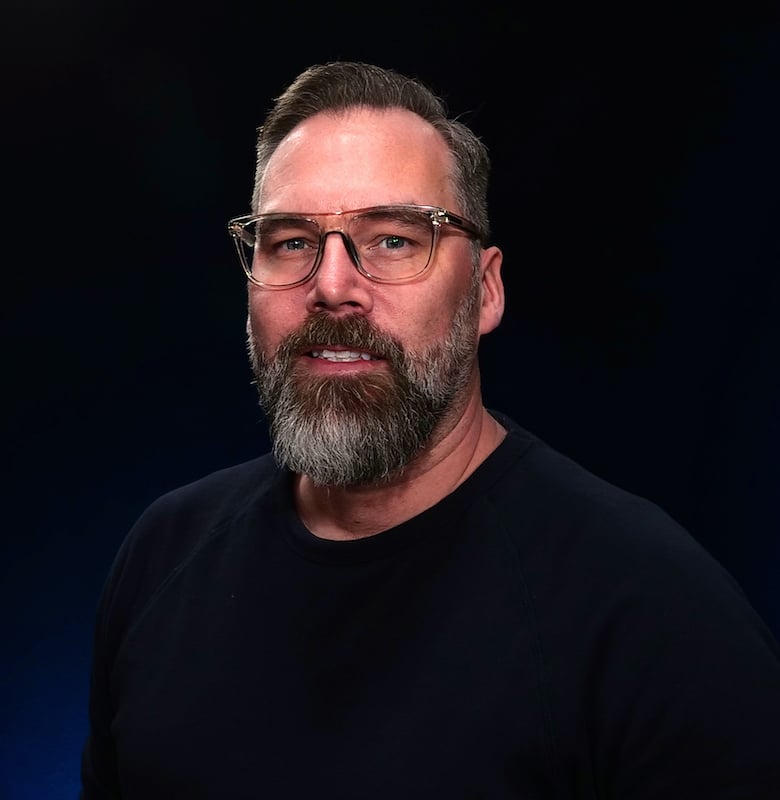
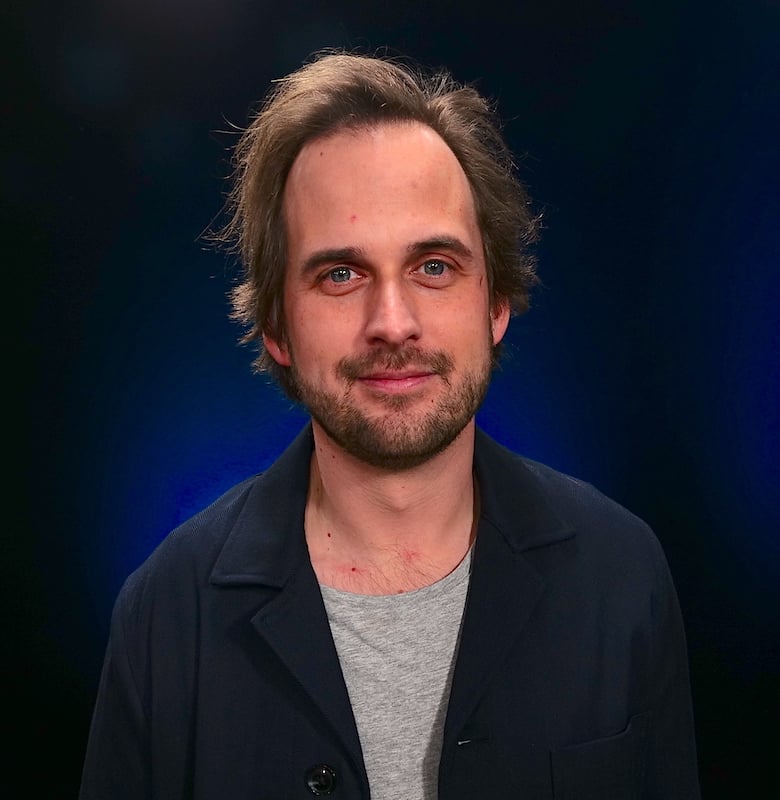
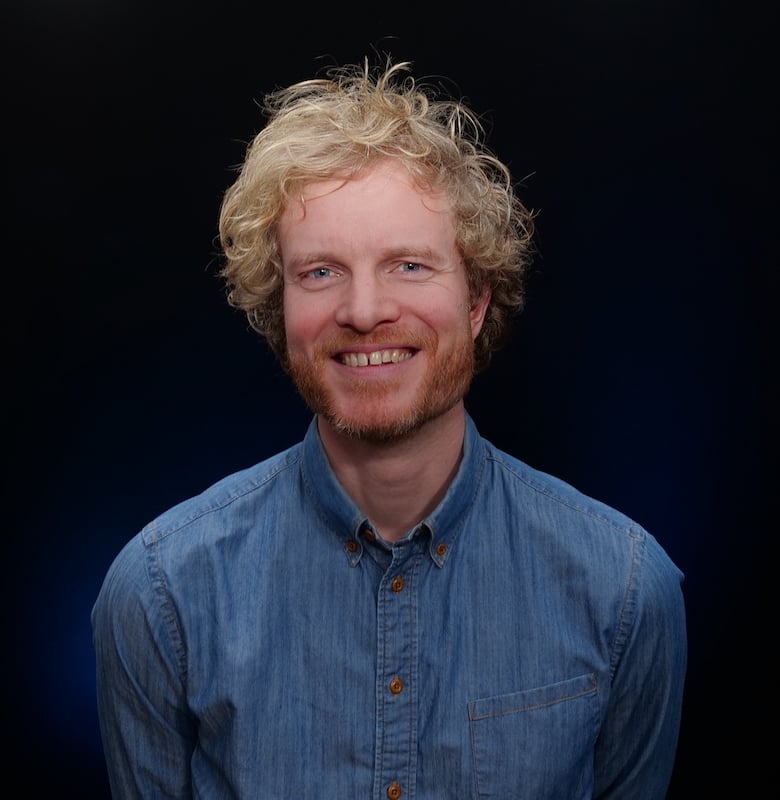
From left to right: Fredrik Limsäter – CEO & Founder, Mattias Lagergren – Product Manager, Björn Rydahl – Technical Product Manager.
How did the idea of ftrack first arise at Fido?
Fredrik: Around 2008, we wanted to get better at managing Fido’s team members, day-to-day tasks, and the enormous amount of data created, and make sure we did this on budget and on time. Fido managed all of this – as many VFX studios did – via dozens of Excel spreadsheets, post-its, word of mouth, and other random documents and processes. It was not scalable for the studio, especially as Fido was growing and taking on larger and more complex projects.
At the time, there were no readily available off-the-shelf solutions that could address this problem, so we tackled it ourselves! I took the experience I had gained from my years abroad working hands-on on many projects and started to think about how we could address the pain points we – and many other creative studios – faced.
Mattias: I started working with Fredrik and Björn on a new idea for a tool that would help keep Fido and its artists organized. What we built was the very first incarnation of the ftrack Studio platform! It was pretty different from what we have now – most users today would probably not recognize it! ftrack V1 had basic task tracking, a nascent version of the API (as we knew the tool would have to be flexible), and a very limited (if any!) user interface. However, we knew the software would have to be useable, accessible, and simple if artists were to use it, so that was our goal in moving to V2!
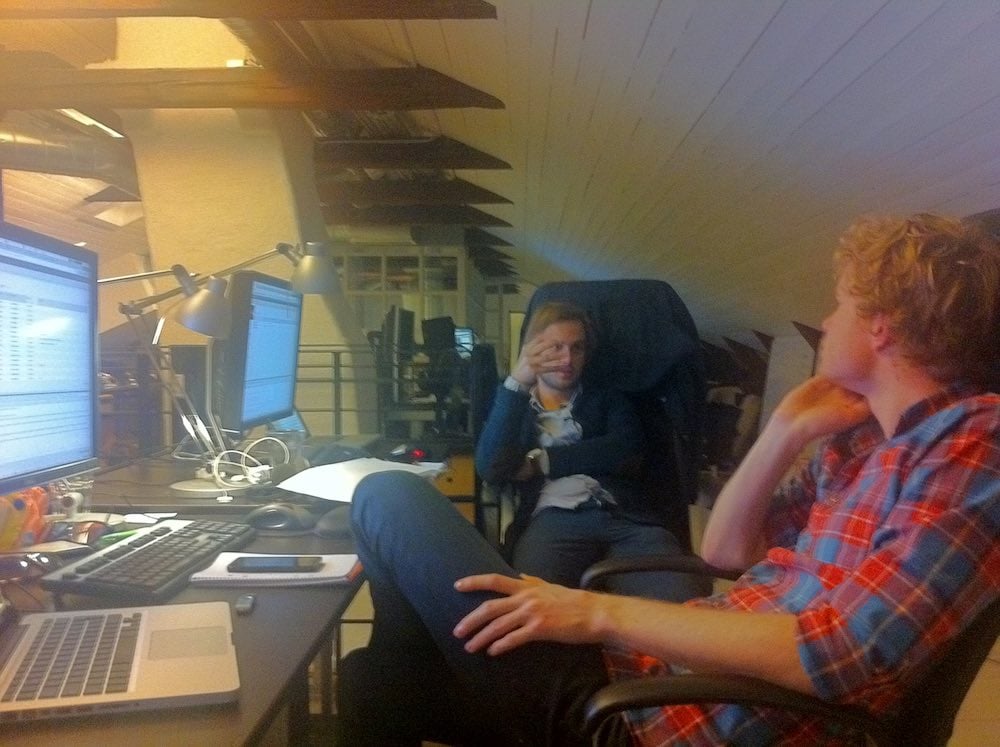
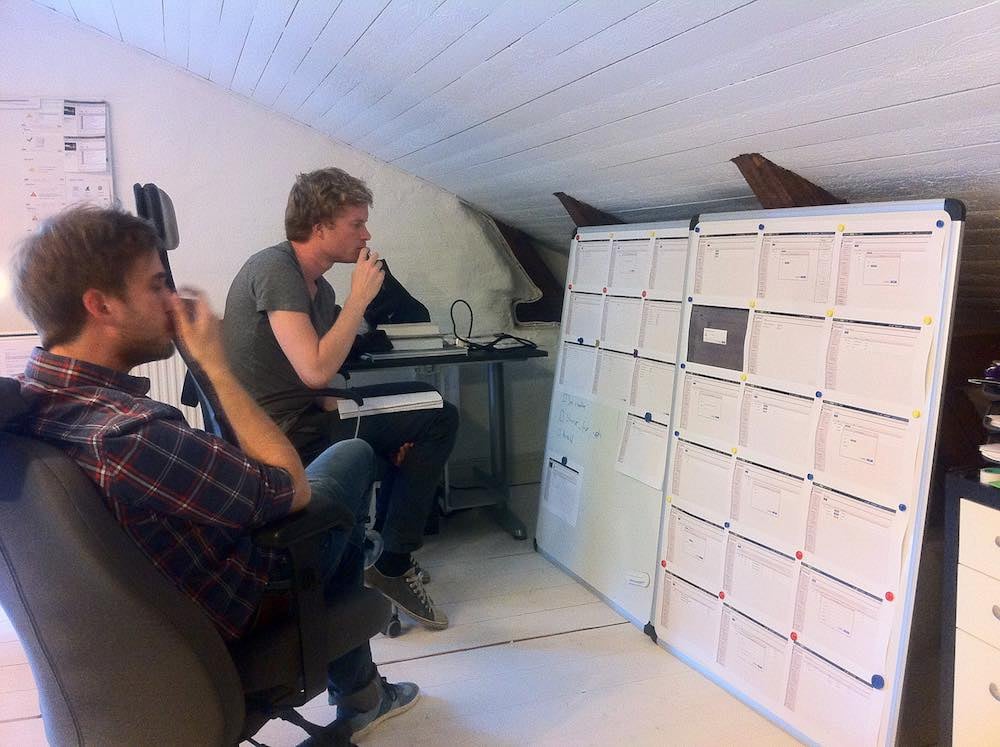
Discussion, collaboration, and planning around ftrack in its early days.
What was it like working on ftrack in those very early days?
Björn: The experience was incredibly rewarding. The RnD department at Fido was situated alongside the studio’s creative and production teams, so we could easily speak with artists, producers, and supervisors and learn about the various cross-departmental challenges involved with taking a VFX project from start to finish – and how to overcome them! We could release a new version of ftrack and then walk over to the teams using it to ask how they liked it. Some users had firm opinions on how things should be done, and there were conflicting ideas about the best approach to specific production challenges. Having those conversations was super helpful and energizing, though. It got us thinking early on about how to make ftrack more flexible, optimize the platform for artists, and unify everything behind a centralized user interface. It was an exciting time for sure.
Mattias: We worked in such a dynamic environment. As Björn said, our end users were a couple of feet away, so we could iterate, experiment, and try out new stuff. And, with just three of us working on the project at that early stage, decision-making was rapid; we could take a concept from the idea stage to a production environment in hours. Then, if the idea turned out well, we could chat with our end-users over a coffee break and celebrate. (Or listen to their criticisms if the implementation didn’t quite work!)
Fredrik: The initial idea of ftrack was certainly new to some of our creative colleagues, and I remember there was some resistance toward the platform as it was so disruptive to the status quo. And, of course, we didn’t get everything right in the first few versions – such is the nature of software development! It was the just three of us working on ftrack, and the bleeding edge versions of ftrack released into production didn’t always please everyone. We had some fun reactions when we broke things! However, over the months, we continually spoke with the team, refined features, addressed criticisms, and built a tool about which Fido could be proud. Everyone at the studio ultimately agreed the platform was necessary, especially when it started improving production efficiency.
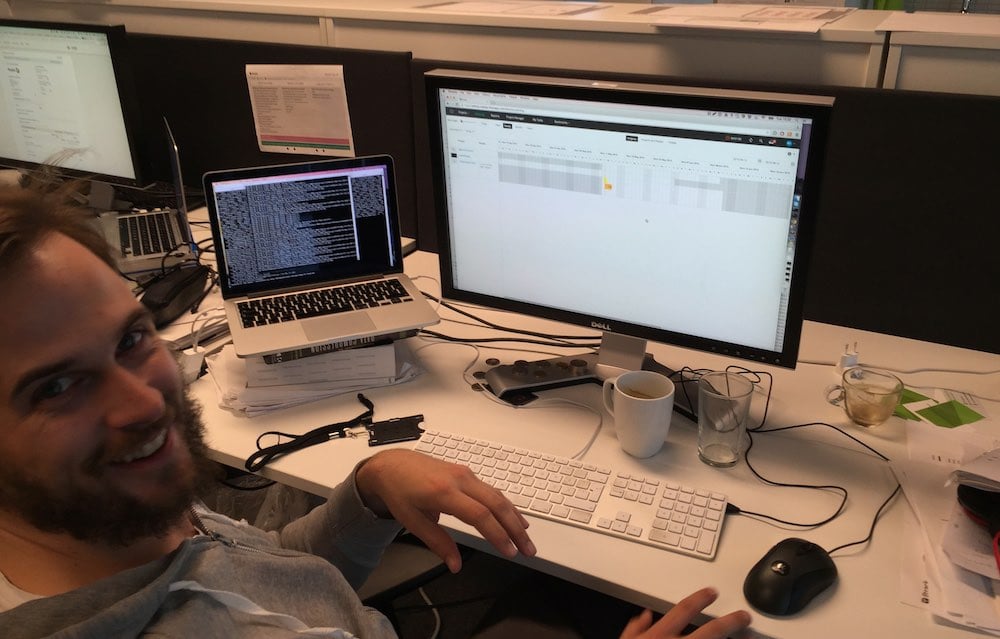
The early versions of ftrack Studio look quite different from today!
How did ftrack develop following its first version?
Mattias: One thing we saw in other similar tools at the time, which we didn’t like, was that they were little more than glorified databases: a lick of paint over what was essentially a bunch of information and little more. As creatives, this was the last thing we wanted in a production tracking tool; we wanted to make something easy to interact with, easy on the eye, and something users would like to use, rather than being another technical nuisance that hampered creativity.
With this in mind, we had three core aims we wanted to build into the DNA of ftrack: accessible design, flexibility, and user-friendliness. So, for the subsequent versions of ftrack, we placed a heavy emphasis on user experience.
Björn: The idea was to build ftrack as the core hub of production – a place creatives and production professionals would want to go and interact with, rather than something offputting that looked like it had come out of the 80s.
Fredrik: Over the months, we went from what was originally just a tool for organizing artists’ work to something that also offered asset management, integrations, planning, scheduling, media reviews, asset management, file distribution, and more. However, throughout those developments, our core aims remained the same: accessibility, flexibility, and user-friendliness.
Do you have any fun stories from that time?
Mattias: I remember one of the first-ever SIGGRAPHs we attended to show off ftrack and all its cool new features, way back in 2009/10. Back then, ftrack’s latest features were not always rock-solid or production-proven! So, during one trip to one customer in a taxi, we were sitting in the back patching and fixing the version of ftrack we planned to show! Such is not how we work today, of course, but it’s a fun memory of ftrack as a young software company and how scrappy we sometimes had to be.
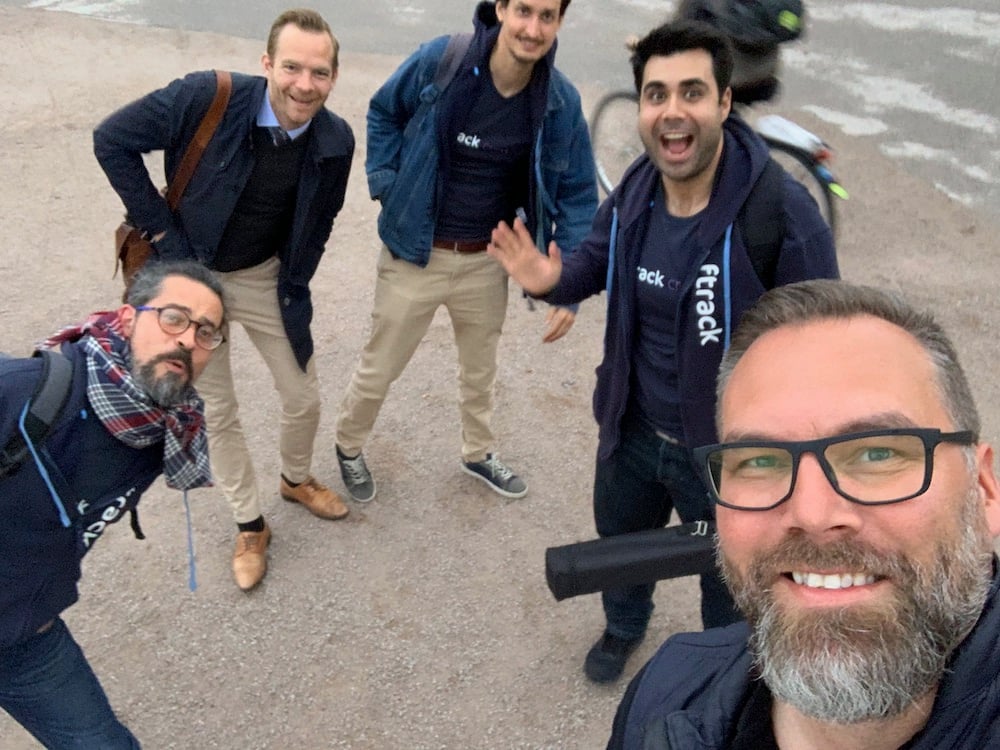
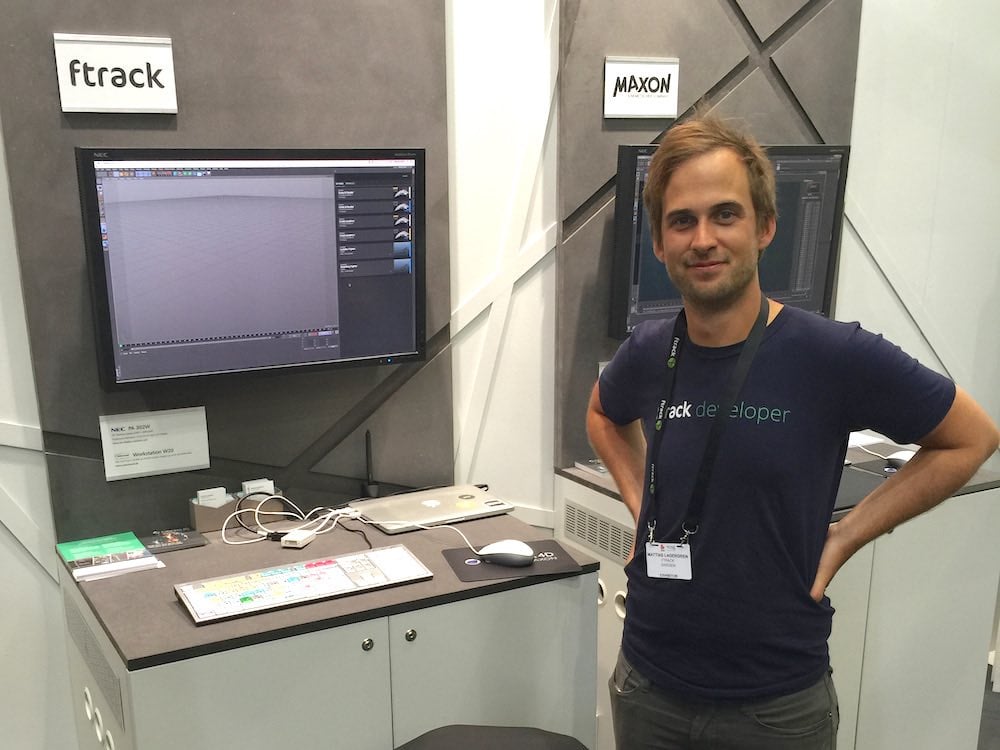
Early trips to trade shows and conferences!
What are some of the innovations you’re most proud of introducing to ftrack?
Mattias: I’m proud of the My Tasks page, which makes it simple for artists to view the status of tasks and understand what they need to work on next. We based the page’s design on agile workflows and Kanban task boards – a way of working that didn’t have much uptake in the VFX industry at the time. When we launched the My Tasks functionality, some of our users said it changed how they thought about production for the better, which was exceptional feedback to hear as a developer!
Björn: I’m proud of Actions in ftrack. Actions are custom scripts that extend functionality in ftrack, such as adding the ability to automate reports or minimize time-intensive tasks. Development with Actions can solve (almost) any production problem, and they also enable us to deliver features that are useful to the majority of our users without introducing noise into the ftrack interface. Essentially, Actions allow us to keep ftrack simple on the surface but with a lot of power under the good. As a developer myself, I like the freedom Actions provide.
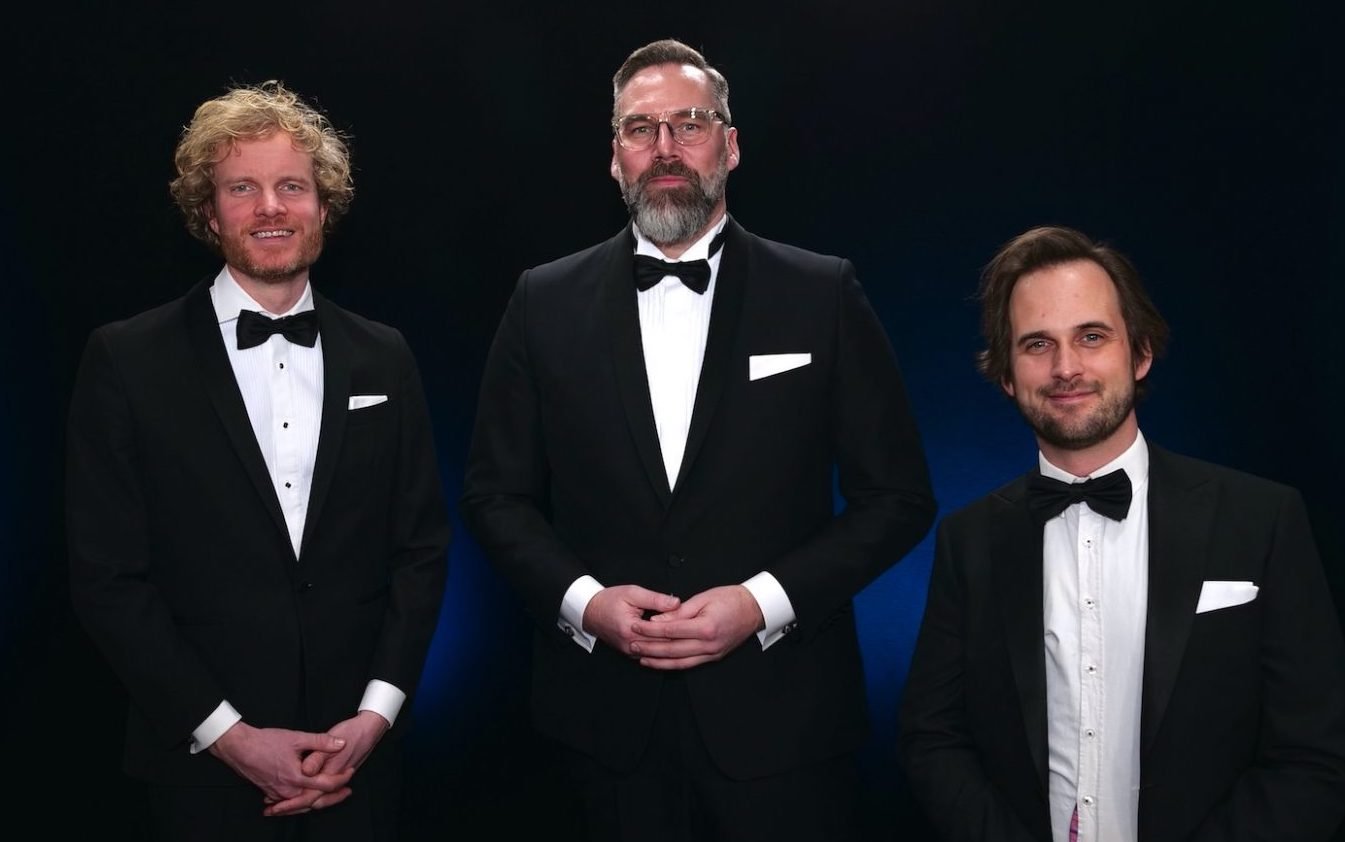
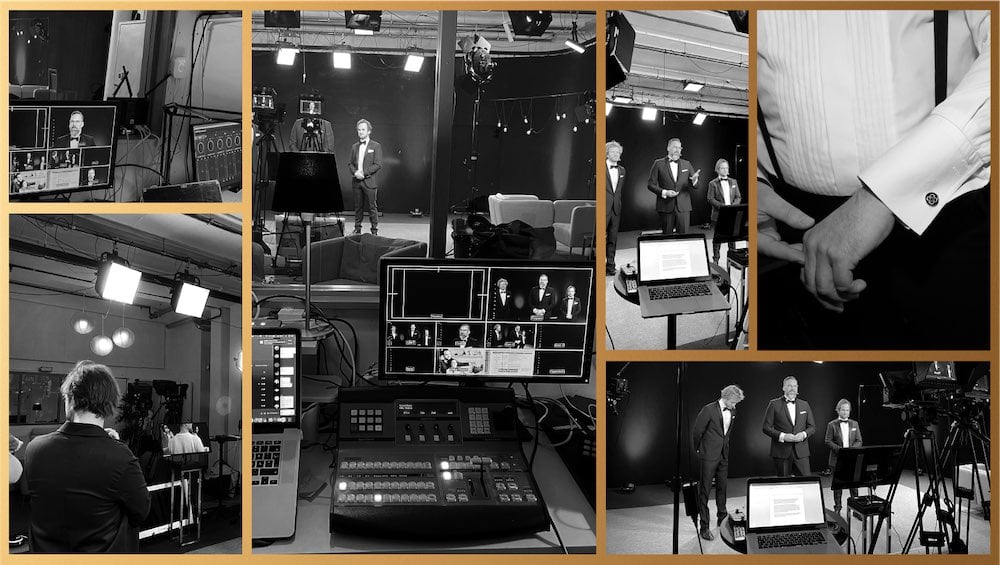
Fredrik, Mattias, and Björn accepting their Academy Award remotely.
What are some of your proudest ftrack moments from over the years?
Fredrik: The number one moment for me was when ftrack Studio was awarded an Academy Award for its contributions to the filmmaking industry. It was huge for us. I’ve loved this industry for years and have worked in it since 2003 when I was a TD at Cinesite in London. So giving back to the industry I truly love and being recognized by the same is something I will proudly carry with me for the rest of my life.
2019 was also a proud year for me, as we invested significantly in media review and released our second-ever product to the world: ftrack Review. Watching ftrack Review grow and develop has been amazing. In 2019, we also joined forces with the excellent developers of cineSync, and brought cineSync under the ftrack umbrella as our third product! Welcoming Rory, Neil, Rolly, Robby, and Julie to ftrack made me incredibly proud as they are all such talented individuals. I had known each of them for many years, so bringing them all to work with us at ftrack felt like welcoming distant family members back home!
Mattias: I’ve always felt proud whenever I’ve had the opportunity to meet customers face to face or at one of our user group meetings. I always feel amazed when talking to our users, who often base their work day around ftrack, and hearing all the benefits it’s brought them. (As well as the things that need to be improved!) It’s incredible that we’ve created such a useful platform for people worldwide.
Björn: I’m exceptionally proud of the team we’ve built. For many years ftrack was just five employees; today, we’re 50+ team members located in eight countries and 22 cities around the world! The growth has been amazing to watch. We’ve added so many super-skilled and amazing people to the team. It’s a pleasure to work with talented people who combine their experience to deliver killer features for our customers. Bringing all of these people into the team also serves as a healthy reminder of how much I don’t know and can learn, which is exciting – everyone on the ftrack team inspires me to improve and develop myself.
I also can’t deny how wonderful it feels when our customers share their stories on how they use ftrack and how the platform has positively impacted their work. I take great pride in knowing we’re helping to make people’s work lives more manageable.
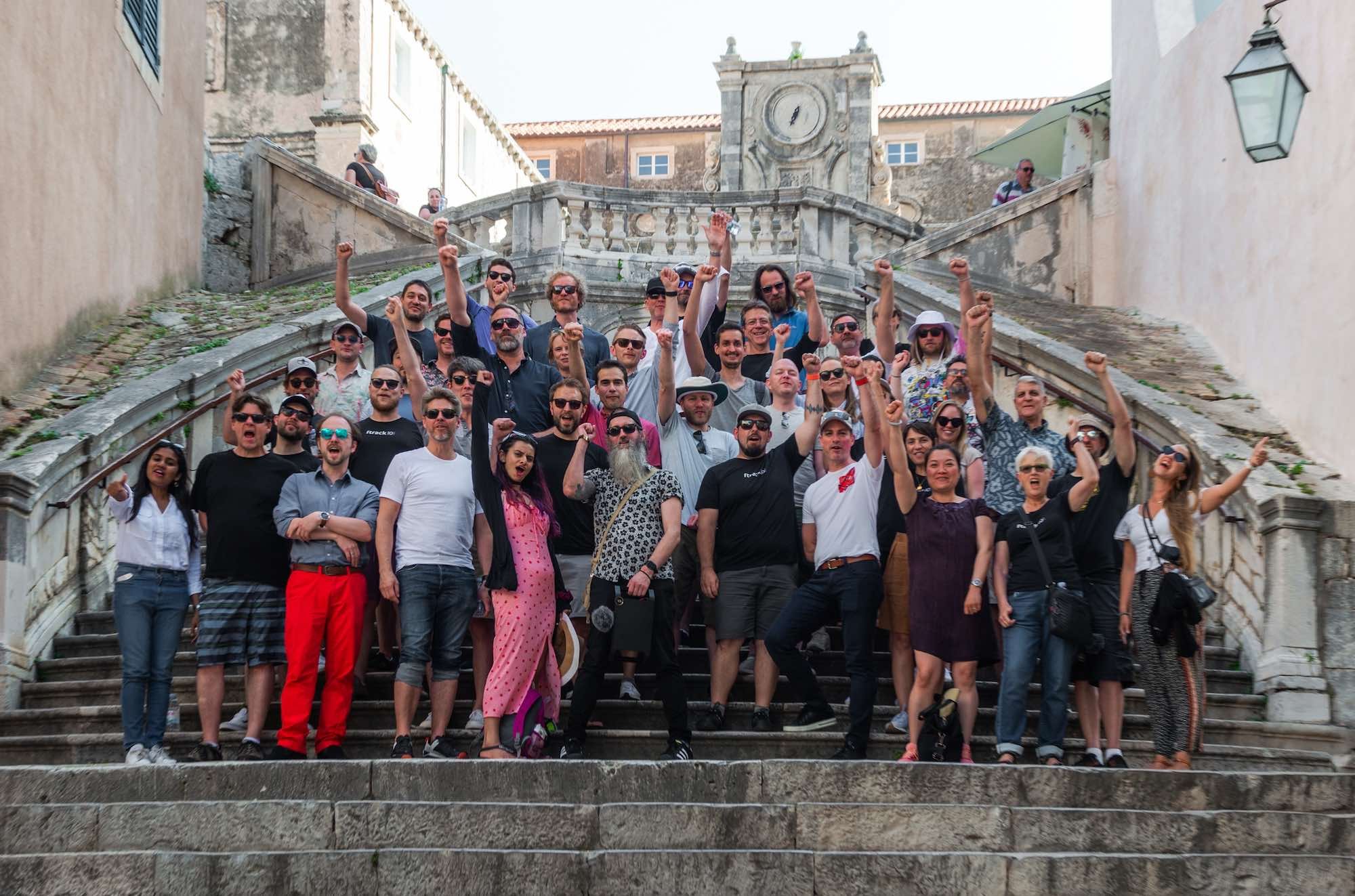
The ftrack team in 2022.
What can we get excited about for the next 10 years at ftrack? What are your main goals and aspirations for the platform and the company?
Fredrik: We’re always paying attention to trends in the industry. We’re excited to continue working alongside our customers to understand what they need for their new ways of working, be it fully in the cloud, in real-time, in the metaverse, working on virtual productions, or incorporating AI. Whatever our customers need, we’ll be sure to adapt ftrack to their needs.
Mattias: Although we have a decade behind us, ftrack is only just starting its journey. There’s so much to come! What those changes will be is hard to predict with certainty: so much has happened and changed over the last 10 years that it’s hard to tell what the next 10 years will bring. What I do know is that whatever the changes coming to this industry, we at ftrack will keep working closely with our customers to develop solutions that address the problems they face. The ftrack platform – including ftrack Review and cineSync – will grow and evolve to solve their needs as the industry changes.
Björn: Personally, I’m excited about the cloud, distributed workforces, and the metaverse. These things are fully in motion and are sure to disrupt the way we work. I’m excited to see what these changes might be and how we at ftrack can bring more value to our customers as we adapt and evolve within this extraordinary industry!
Try ftrack today, for free
Experience 10 years of innovation. Try ftrack Studio or ftrack Review below.
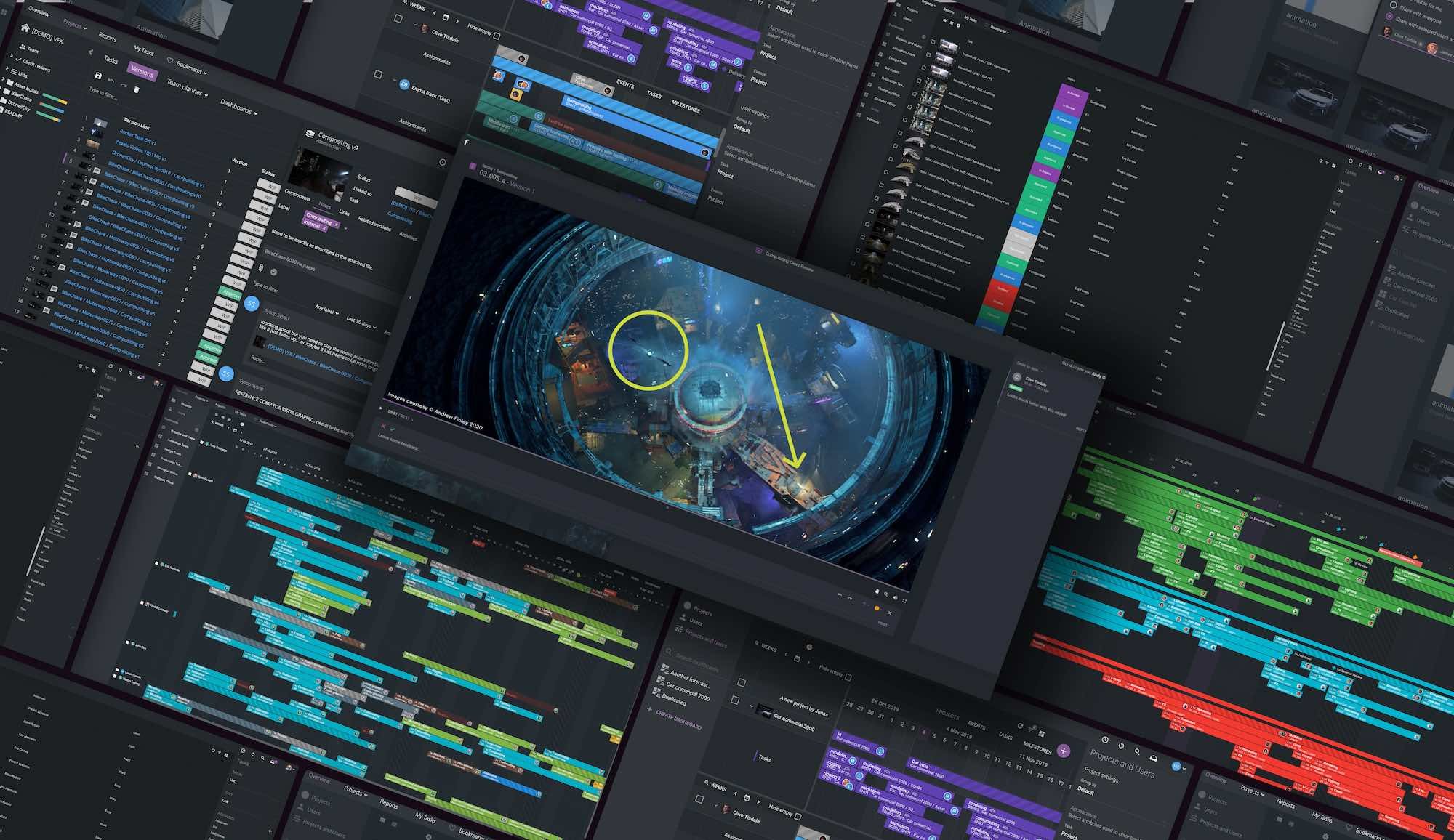
More from the blog
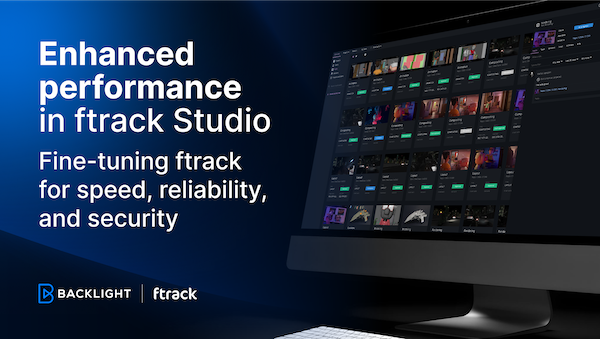
Enhanced performance in ftrack Studio: Fine-tuning for speed, reliability, and security
Chris McMahon | API, Developer, New features, Product, Productivity, Studio | No Comments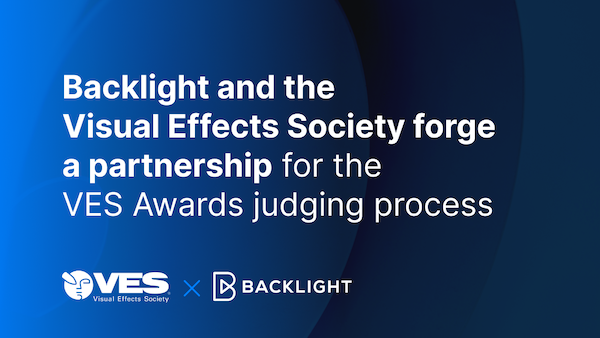
Backlight and the Visual Effects Society forge a partnership for the VES Awards judging process
Kelly Messori | Case Study | No Comments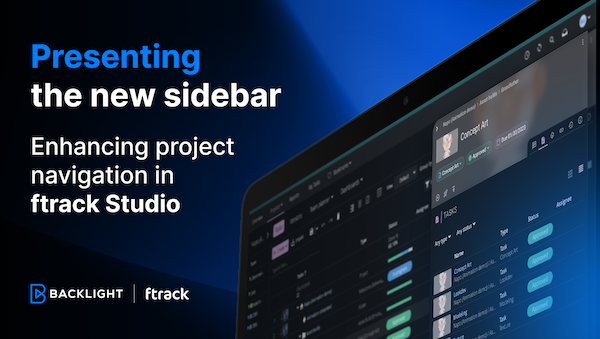
Presenting the new sidebar: Enhancing project navigation in ftrack Studio
Chris McMahon | New features, Product, Release, Studio | No Comments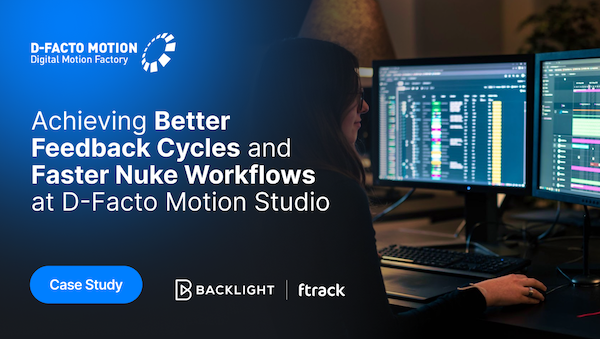
Achieving Better Feedback Cycles and Faster Nuke Workflows at D-Facto Motion Studio
Kelly Messori | Case Study, Studio | No Comments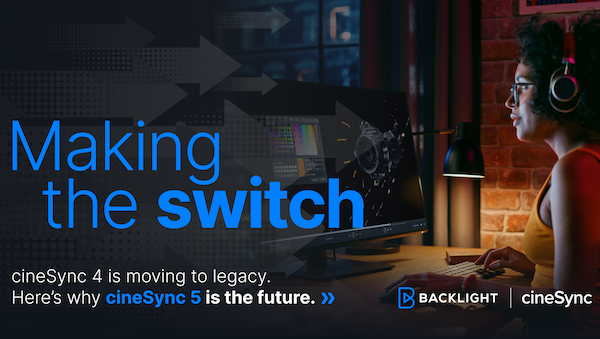
Making the switch: The transition to cineSync 5
Mahey | Announcements, cineSync, News, Product | No Comments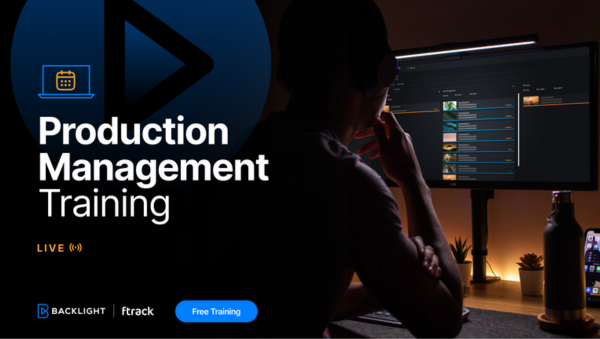
Supporting Your Studio: Free ftrack Studio Training and Office Hours from Backlight
Kelly Messori | News | No Comments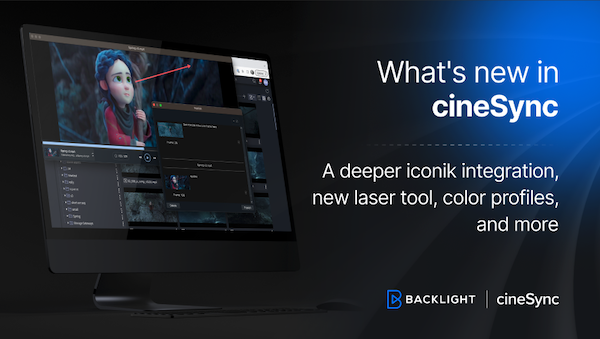
What’s new in cineSync – a deeper iconik integration, laser tool, OTIOZ support, and more
Chris McMahon | cineSync, New features, Product, Release | No Comments
